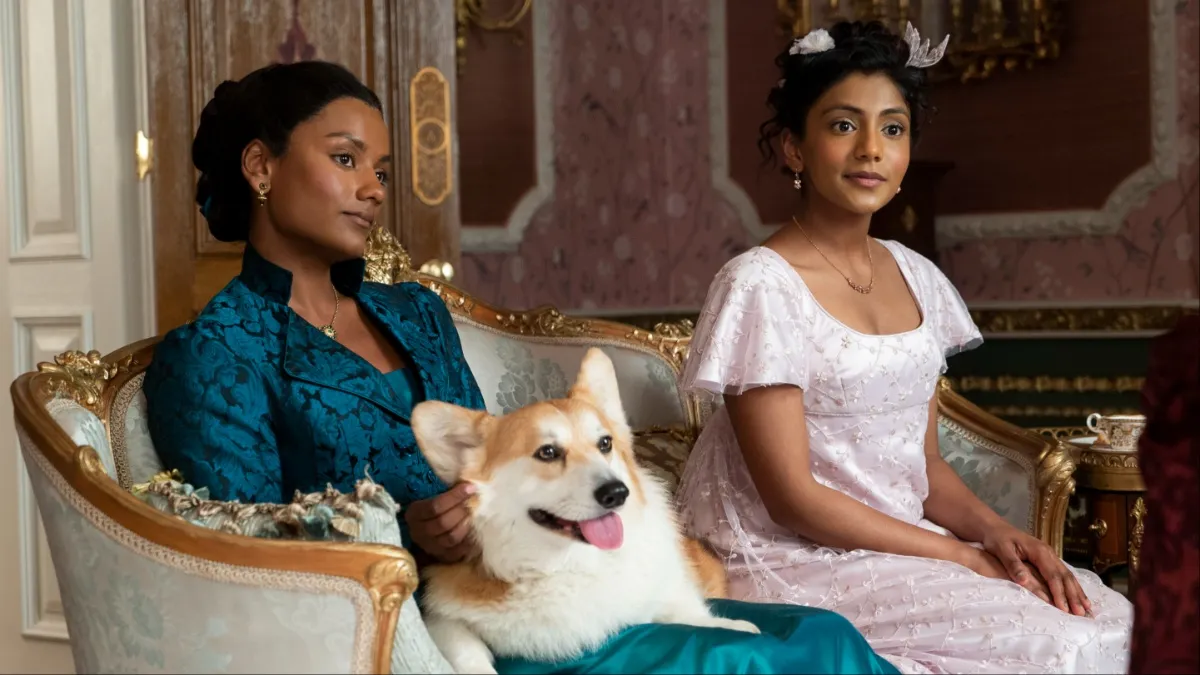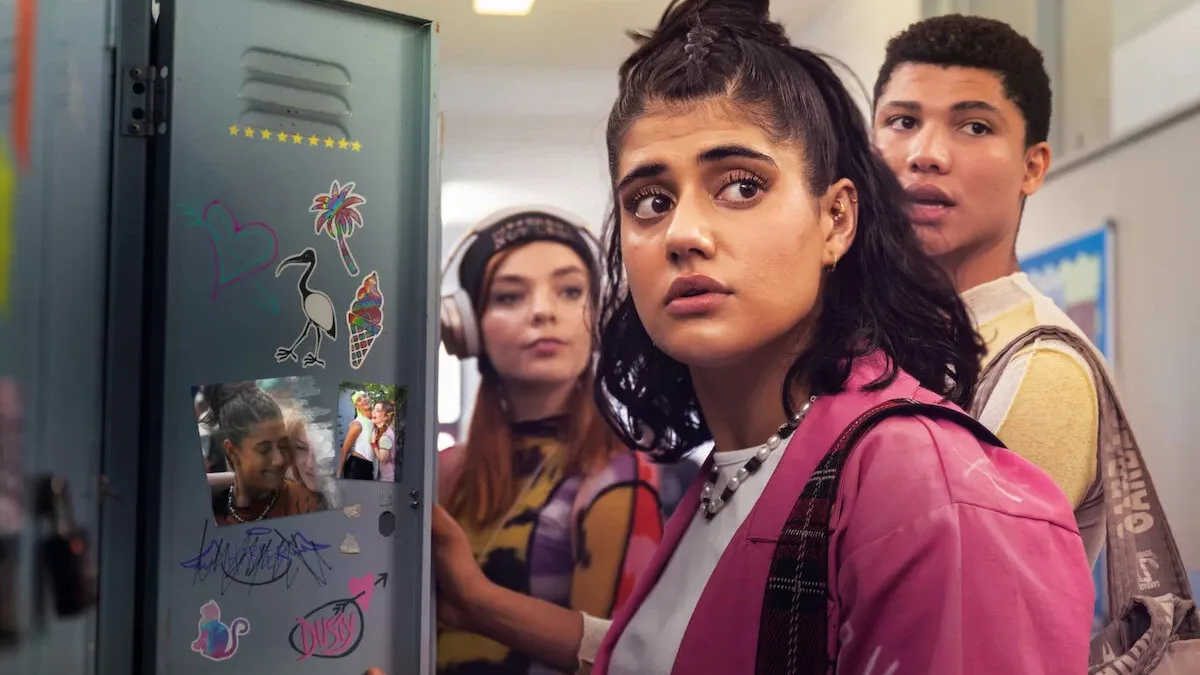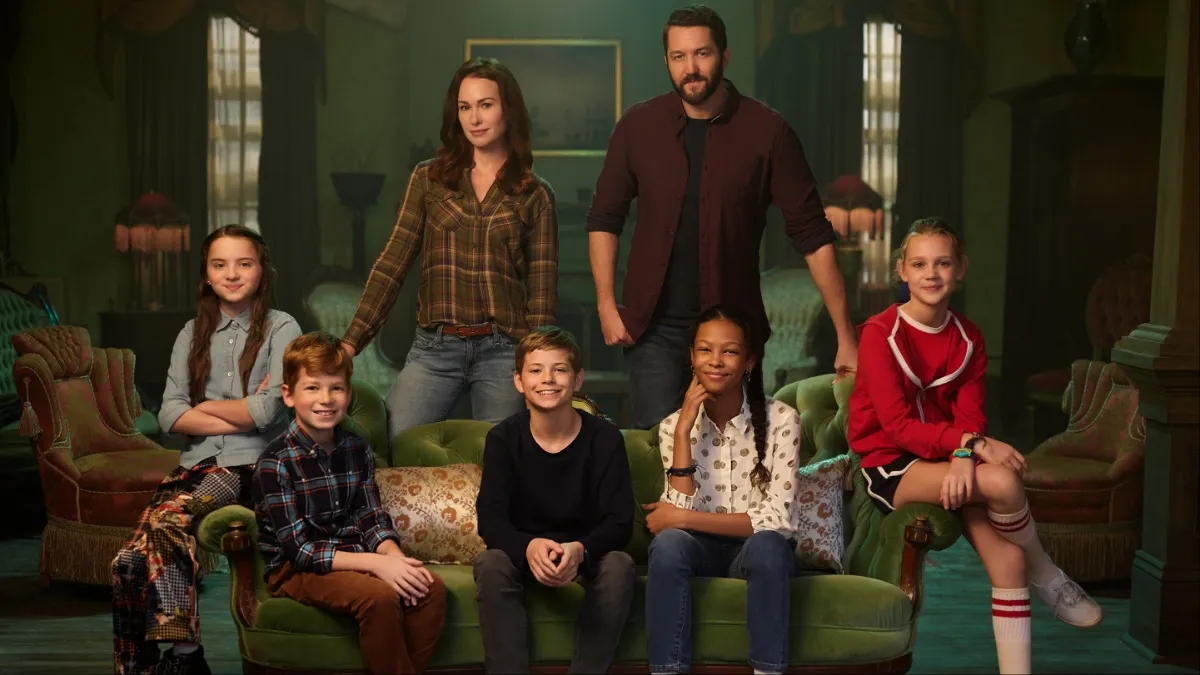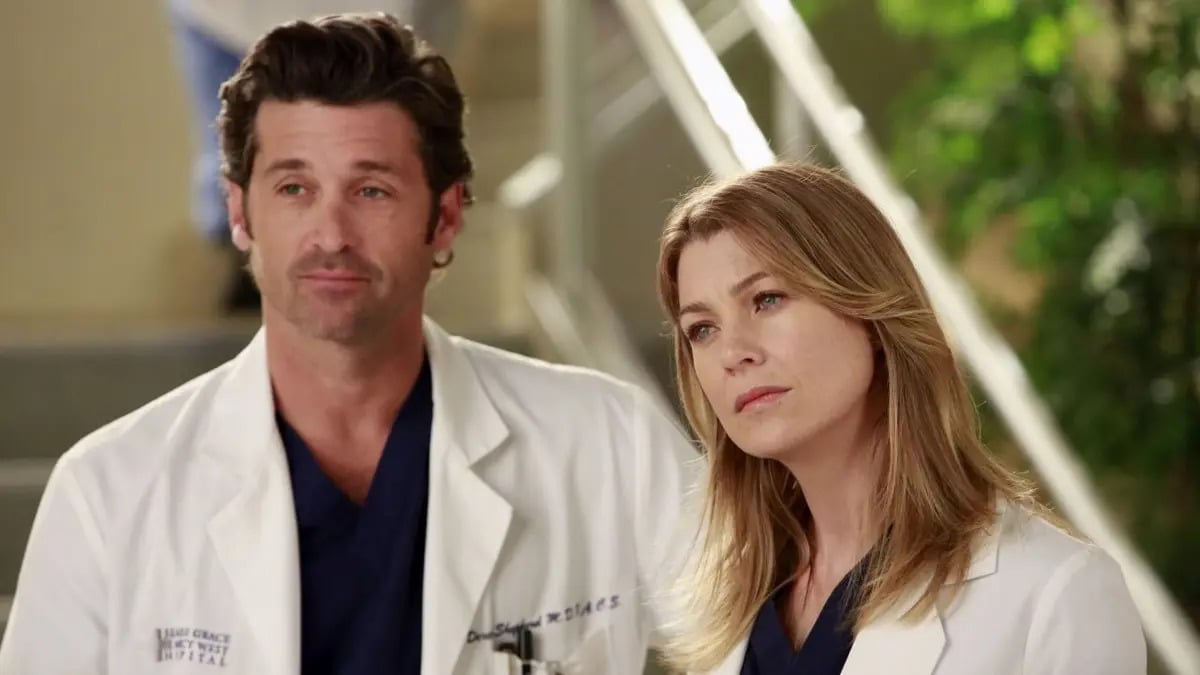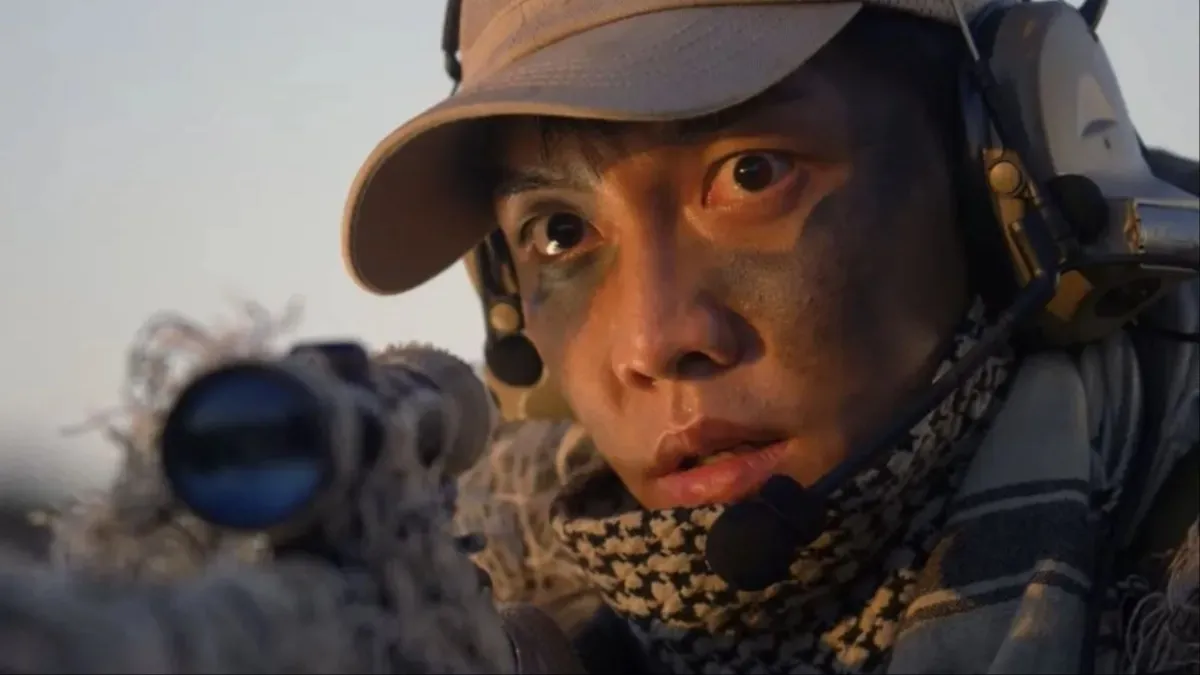Netflix’s live-action adaptation of Avatar: The Last Airbender—the beloved Nickelodeon animated show that aired from 2005 to 2008—is coming out at the end of the month, and the press tour promoting it is, of course, in full swing. But not everything we’re learning from it is encouraging.
In an IGN interview with showrunner Albert Kim and execute producer Jabbar Raisani at the beginning of the month, it was revealed that the Netflix team made the decision to make Aang’s narrative more straightforward than it was in the original animated series. “He’s kind of going from place to place looking for adventures,” Kim said. “It’s a little looser as befits a cartoon. We needed to make sure that he had that drive from the start.”
Kim continued by explaining that the solution they found was giving Aang a vision right at the beginning, so that the stakes are very clear to him and so that he’s immediately motivated to reach the Northern Water Tribe and start learning waterbending. As someone who has watched and adored both Avatar: The Last Airbender and its sequel, The Legend of Korra, and loved them both to bits, let me say that it’s such a terrible solution. I actually kind of hate it, it’s so bad.
Sure, one might say that it’s just what happens when you try to cram twenty episodes of an animated show into the standard Netflix eight-episode formula—you have to summarize some things and cut out others entirely because you simply don’t have the runtime to cover it all. That’s somewhat understandable, even though there’d be plenty to say on Netflix’s usual recipe for adaptations and their often very short lifespans.
And yet it doesn’t change the fact that giving Aang this vision fundamentally changes his character arc and who he is as a person, and as the Avatar within the story.
Aang’s arc within the three seasons of ATLA is a hero’s journey in the most Campbell-ish of ways—and one of the steps that happens right at the very beginning of that journey is the refusal of the call, when the hero is called to adventure and initially runs away from it before actually committing to the quest.
That’s the reason he gets trapped in the ice when he discovers he’s the Avatar and that his life will forever be shaped by it, and why he completely disappears from the world for a century. He is running away from his call—which, to be honest, is very understandable. That’s a pretty heavy responsibility for anyone to shoulder, let alone a twelve-year-old child.
When Katara and Sokka find him and wake him up, Aang is still trying to run away from his status as the Avatar and the duties that come with it, and that’s why he suggests they go on all their silly adventures. But those adventures are only silly on the surface and actually serve a higher narrative purpose—they make obvious to Aang the omnipresence of the Fire Nation and the pain its occupation is bringing upon the world. No matter how light-hearted Aang tries to be, the Fire Nation is everywhere, and he ultimately has to come face to face with his responsibilities and accept them, starting the initial Gaang on their journey to the North Pole.
So those episodes that seemed very much like your usual fillers were actually not fillers at all. Aang was always learning something new in each and every one of them, and they all served their purpose in furthering the plot and developing the characters—something that may seem antithetical to the definition of a filler episode but, as TMS’ Julia Glassman recently discussed, is actually their secret gift to viewers.
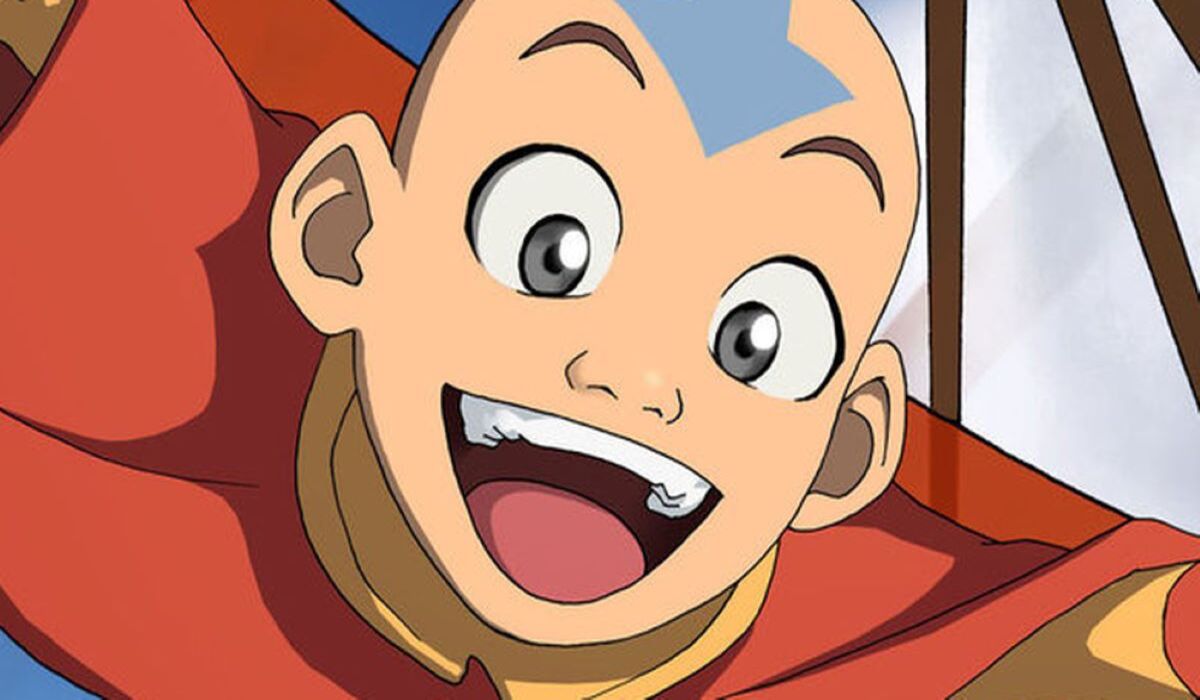
And all of this comes after the same creators of the Netflix live-action series announced that they had removed some of Sokka’s initial sexism from the show—which admittedly was not great in the original material but once again served a purpose in his character arc. Characters can make mistakes and they can grow from them, and arguably, that’s exactly what makes them compelling.
Then there was the news of the live-action adaptation diving deeper into flashbacks of the genocide of the airbenders, which the original show had only alluded to without ever explicitly showing it onscreen—not that its impact, both in-universe and on this side of the screen, was ever lessened.
Ultimately, it’s starting to seem like the people behind the Netflix adaptation didn’t fully believe in the power and capability of an animated series to convey both light-hearted fun and all-important themes of friendship and love and courage and loss—and so they felt the need to, in their opinion, make the show more palatable for adults by cutting out several character beats and making the whole thing much more grimdark than it ever was.
But it’s not like every fantasy-adjacent story has to be like Game of Thrones, for starters. Not everything needs to be in GoT’s same vein of gritty realism and despair. And more importantly, Avatar: The Last Airbender was already palatable for adults back when it first aired. There’s a reason it’s so beloved and so talked about even after almost twenty years, why there’s so much content dissecting it and analyzing its themes all over the Internet—and one can’t help but wonder whether the Netflix showrunners have watched some of that content before diving into their adaption.
As a longtime fan of the ATLA world, it’s really sad to hear about all these not-so-little changes that will fundamentally change the story and its characters. Sure, we can never know before we actually see the show, but the sneaking suspicion we might have paid the price of really amazing bending effects—because they did look so good in the trailer—with the quality of the storytelling is definitely there.
(featured image: Netflix)
Correction: This story previously referred to four seasons of ATLA, though there are only three.



